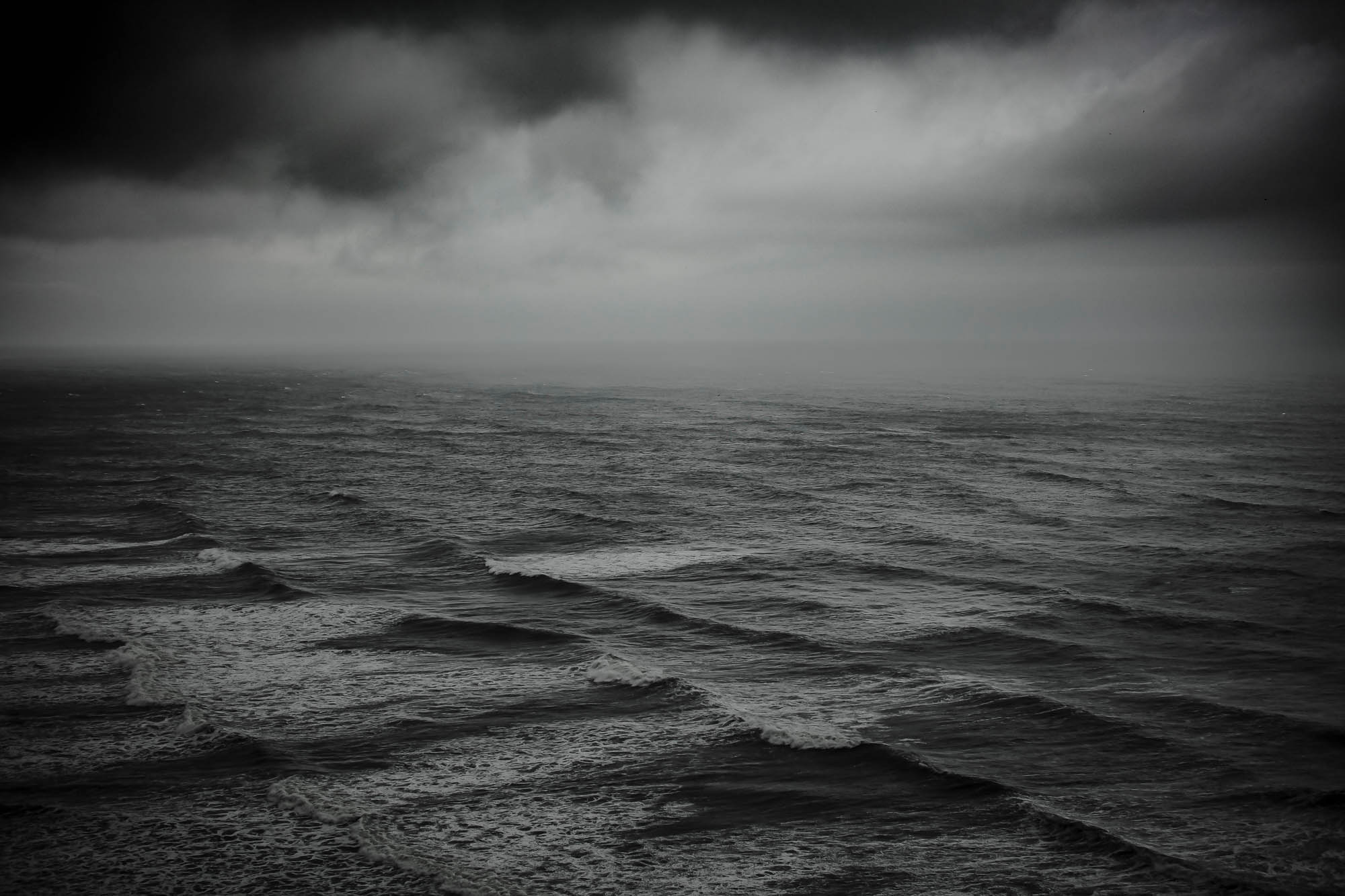
Why Oceans
Our Priority Ocean Challenges
Oceans are the
life support system
of our planet.
The seas flow over nearly three-quarters of the Earth and hold 97% of its water. Home to incredible biodiversity, these vast bodies of water not only generate over half of the oxygen in our atmosphere (that’s every second breath we take) but also absorb about 31% of our CO2 emissions, playing a crucial role in regulating the global climate.
Beyond the food you eat and the water you drink, the products that keep you warm, safe, informed, and entertained may be sourced from or transported by the ocean. With roughly half the global population residing in coastal areas, ocean-based industries contribute more than $500 billion to the world economy.
Despite their immense ecological, cultural, and economic value, the oceans face severe threats from human activity. At PangeaSeed, we educate and raise awareness about four interconnected and overlapping threats, which we call Priority Ocean Challenges, to help restore the oceans for future generations.
Our Priority Ocean Challenges
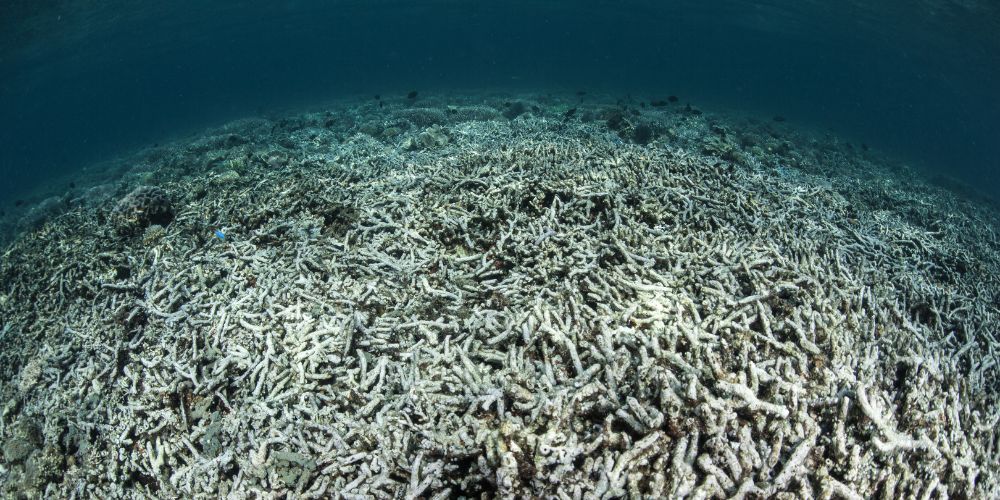
Climate + Ocean
Climate change is profoundly impacting the oceans and causing a myriad of challenges for marine ecosystems and the communities reliant upon them. The oceans have absorbed 93% of the excess heat generated by anthropogenic greenhouse gas emissions, resulting in pervasive ocean warming. This warming, which can be detected as deeply as seven hundred meters below sea level, has far-reaching and cascading impacts such as coral bleaching and the disruption of breeding and migration patterns.
Concurrently, the concentration of carbon dioxide (CO2) in the atmosphere has increased due to the burning of fossil fuels and land use change. The ocean absorbs about 30% of the CO2 that is released into the atmosphere, and as levels of atmospheric CO2 increase, so do the levels in the ocean. Ocean Acidification can make building and maintaining calcium carbonate structures difficult for calcifying organisms such as oysters, clams, sea urchins, shallow water corals, deep sea corals, and calcareous plankton. These changes in ocean chemistry can affect the behavior of non-calcifying organisms as well. Certain fish’s ability to detect predators is decreased in more acidic waters. When these organisms are at risk, the entire food web may also be at risk. Ocean acidification is affecting the entire world’s oceans, including coastal estuaries and waterways. Many economies are dependent on fish and shellfish, and people worldwide rely on food from the ocean as their primary source of protein.
Rising sea levels, stemming from the melting of polar ice caps and glaciers and the thermal expansion of warming waters, pose threats to coastal communities through increased flooding and erosion while also disrupting ocean circulation patterns. Climate change further amplifies the intensity and frequency of severe weather events, including hurricanes and typhoons, wreaking havoc on marine ecosystems and coastal regions. The cumulative impacts encompass widespread coral bleaching, loss of biodiversity, shrinking fisheries, heightened risks to food security and coastal protection, and the transformation of interdependent life-sustaining processes reliant on healthy oceans.
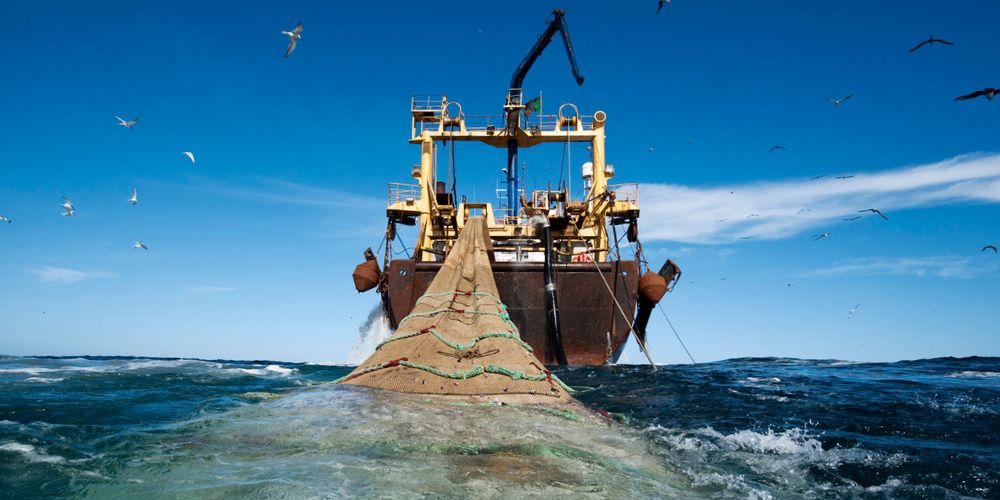
Overfishing
Basically, overfishing means taking too many fish out of the seas before new fish can reproduce to replace the ones that were caught. Worldwide, 90% of large predatory fish stocks are gone due to overfishing. The United Nations predicts that if current trends continue, global fish stocks may be extinct by the year 2048. Overfishing is reported to be the greatest threat to marine biodiversity in all regions. When the population of a species is reduced, genetic variation is reduced along with it. This compromises the species’ ability to adapt to new environmental stresses and changes. Due to the interdependencies between species, the destruction of one can lead to the demise of others. When whole species are wiped out or remain at insignificant population levels, the stability of the entire ecosystem is under threat.
The depletion of fish stocks means a risk of losing a valuable food source that many people depend on for economic and dietary reasons. Nearly two-thirds of the world’s population relies on fish for 40% of their protein, and about 13 million people depend on fishing for all or most of their incomes. While individuals cannot solve this global problem of overfishing without the help of international policymakers, it’s still critical to make changes where we can. Our power lies in our consumption choices. Each time you use a dollar, you are voting. With each dollar spent or withheld, you support an industry or help bring one to an end.
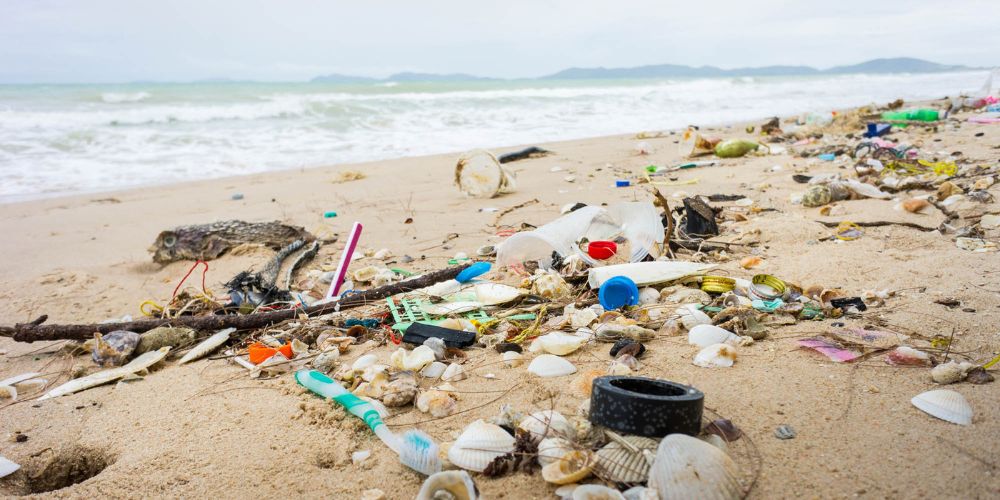
Pollution + Plastics
Today, the oceans and marine life are facing the threat of permanent alteration from a number of sources of pollution. Plastics, industrial waste, agricultural runoff, oil spills, wastewater, and stormwater are the major contributors.
Plastic accounts for 60-80% of marine garbage, and in high-density areas, reaches up to 95%. The reality is that every piece of plastic that has ever been made still exists in one form or another. Even when burned, it breaks down into microscopic, toxic particles. Made from oil, plastic is not a material that our planet can digest. Some estimate that by 2050 there will be more plastic in the ocean than fish, with at least eight million tons of plastic leaking into the ocean each year.
Industrial discharges introduce chemicals and toxins to the ocean, while agricultural runoff carries fertilizers and pesticides and fosters algal blooms and hypoxia, i.e., “dead zones”. Oil spills from shipping and drilling operations have devastating effects, coating marine life and disrupting coastal habitats. Sewage and wastewater introduce pathogens and pollutants, posing threats to water quality, ecosystem, and human health. Urban stormwater runoff, laden with oil, heavy metals, and debris, exacerbates coastal pollution. Shipping activities contribute through accidental spills and ballast water discharge, introducing invasive species. 80% or more of all ocean pollution originates on land and is a byproduct of human activities.
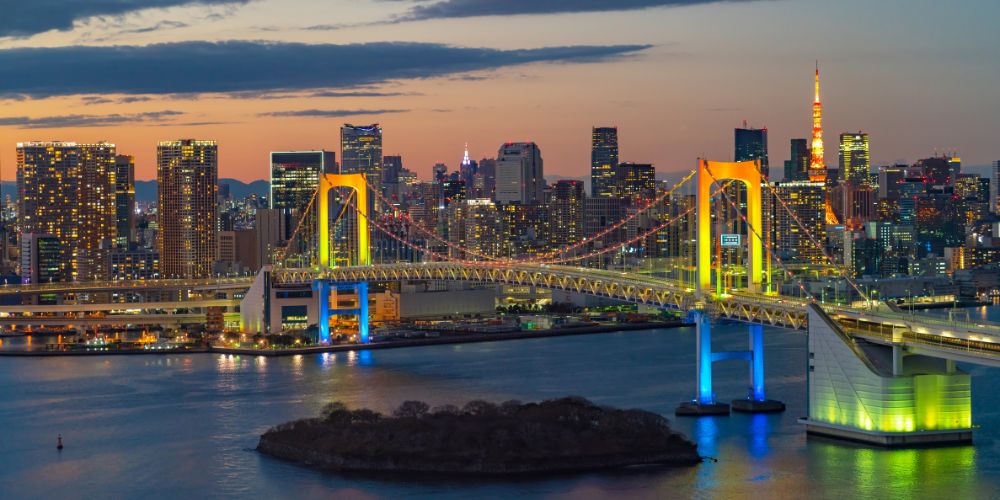
Coastal Development
There are many areas of the oceans that are suffering from human-made habitat destruction, but coastal areas are disproportionately affected. 40% of the world’s population lives within 100 km (62 mi) of the coast, and coastal land use and development is increasing. With development comes far-reaching impacts on coastal ecosystems and the species dependent on them.
Coastal habitats include estuaries, marshes, mangrove ecosystems, seagrass, and coral reefs. These habitats serve as nurseries, breeding grounds, and feeding spots, and the destruction of these habitats inflicts repercussions on dependent species. Coastal areas are some of the most productive and biologically diverse on the planet and home to over 90% of all marine species, but we are losing these habitats at an alarming rate.
Coastal development of industry, aquaculture, or infrastructure can cause severe impacts on nearshore ecosystems, including pollution, erosion, and habitat destruction. Mangroves, reefs, and seagrass beds are natural buffers against storms and erosion. Without these ecosystems coastal communities are more vulnerable to the impacts of extreme weather events, flooding, and sea level rise. Increased flooding and erosion lead to property damage, economic loss, and potential displacement of communities, and in some cases, like for low-lying coral atolls, the displacement of entire countries.
